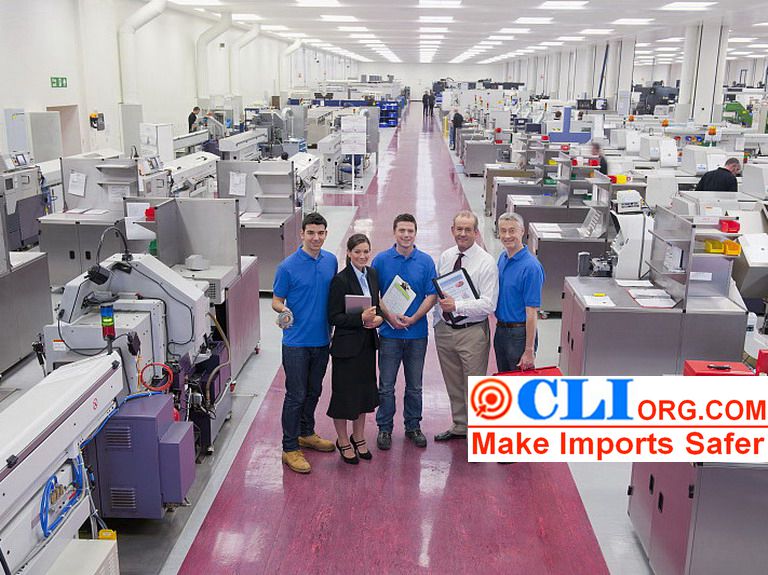1. Background and Needs Analysis of Rapid Factory Audit
1.1 Challenges Faced by Small and Medium-Sized Importers in Global Supply Chain Management
In the context of global trade, small and medium-sized importers are confronted with an urgent need to identify and manage overseas suppliers. These enterprises particularly require an efficient and cost-effective supplier assessment solution to substitute for the complexity and high costs associated with traditional audit services.

1.2 Proposal of Rapid Factory Audit Concept
In response to this market demand, CQI Inspection Company innovatively introduced the “Rapid Factory Audit” service. This service aims to provide clients with a streamlined and efficient means to swiftly grasp key information about suppliers, meeting fundamental due diligence requirements.
1.3 Audit Standards and Coverage
While rapid factory audits do not encompass the depth of comprehensive management system certifications such as ISO 9001 or ISO 14000, they focus on the core elements that clients are most concerned about, including production capacity, quality management, and corporate credibility, ensuring practical value of the audit results.
2. Core Contents of Rapid Factory Audit
2.1 Verification of Supplier Identity and Capability
– Ownership of manufacturing facilities.
– Scale of office and design teams.
– Analysis of primary customer base and market positioning.
2.2 Assessment of Production and Quality Management Systems
– Factory scale and status of ISO 9000 certification.
– Overview of production line operations and quality control processes.
2.3 Corporate Reputation and Financial Health
– Preliminary review of bank credit records.
3. Advantages and Applications of Rapid Factory Audit
3.1 Efficient Decision Support
– Reports are typically available within the second business day following the audit, accelerating decision-making processes.
3.2 Cost-Effectiveness
– Compared to traditional audits, rapid factory audits are less costly and provide more direct and effective information acquisition.
3.3 Risk Mitigation
– Helps identify potential commercial fraud risks and filters out experienced, reliable suppliers.
3.4 Supplier Comparison and Selection
– Provides key information for clients to compare different suppliers and make optimal choices.
3.5 Compliance Verification
– Confirms necessary certificates and licenses, ensuring suppliers meet basic regulatory requirements.
4. Overview of Audit Points
4.1 Quality System Verification
– Confirmation of implemented on-site quality control measures.
4.2 Factory Overview
– Includes official name, ownership structure, contact details, and production layout.
4.3 Human Resources and Labor Conditions
– Outlines HR policies, management models, and employee benefits.
4.4 Experience and Customer Base
– Analyzes trading history, current client portfolio, and available product samples.
4.5 Document and Certificate Verification
– Rigorously checks all necessary operational permits and quality certification documents.
By detailing these aspects, the rapid factory audit not only provides small and medium-sized enterprises with a flexible and economical supplier evaluation solution but also enhances the transparency and reliability of supply chains, promoting the healthy and sustained development of international trade.